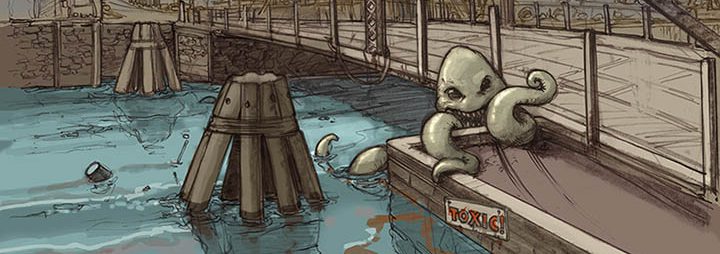We watched a part of a movie called Citizen Jane: Battle for the city by Matt Tyrnauer. The movie shows the legendary battles over the shape of New York City between the writer and activist Jane Jacobs and the urban-renewal “Master Builder” Robert Moses.
From previous discussions in the class and also from the movie we came to know that Jane Jacobs was a journalist, author, and activist who lived with his architect husband in the SoHo area of the New York City. She is best known for her influence on urban studies, sociology, and economics. Prof. Joelson mentioned a book called The Death and Life of Great American Cities that had raised the question whether urban renewal respect the needs of most city-dwellers. On the other hand, we have come to know Robert Moses as one of the most polarizing figures in the history of urban development in the United States.
In the movie we see the constant conflict in the ideologies of Ms. Jacobs and Mr. Moses. Not only the ideologies were different, but the way of implementing things were very different too. One of the factors that struck a lot was the “Ribbon Cutting ceremony” of Mr. Robert Moses just like any other inaugural event as opposed to Ms. Jacobs’ “Ribbon Tying Ceremony. The fact that the development of New York City was a misinterpretation of LeCorbusier left me awestruck. The city that I had always to come to from my childhood was built out of a misinterpretation? That upsets me a little. Moses prioritized cars and wanted to build highways disregarding the neighborhoods while Jacobs acknowledged the importance of the sidewalks, the people, the community that essentially made up the city. She emphasized that although a lot of people on the street may look chaotic, but there is an order of complexity in it. A very systematic, easy to understand/navigate roadway system might look fascinating on a superficial level, but it only makes a dead city. Living cities are and will always be congested. This is what helps to create the theater of life in the cities. An old lady can spend all her day just by looking at the chaotic yet lively city street as opposed to that of an overtly organized highway.
In the movie Jane Jacobs introduced sociological concepts such as “eyes on the street” and “social capital”. She said deserted streets are unsafe. Not only officers in uniform can keep the citizens safe but actually, “New Yorkers keep New York safe” If we think of it with any of the personal experiences we might have had, we always tend to walk on the side of the streets that has enough lighting, shops, and people, because we know when we are at a public space with a lot of people no one will be that brave to attack you. We unknowingly rely on the other people on the street for our safety. Carol Geitzer, urban activist and a friend of Jane Jacob said, “The challenge is to build the city in which not just the rich live safely and nobly.” And I cannot have agreed more.
I agree to most of the ideals of Jane Jacobs. But I still think the movie was a little biased towards Ms. Jane Jacobs, and assumed a black-and-white view of urban neighborhoods, that they are either Jacobsesque or Moses-like, messy and teeming with life or shiny and homogenized. And the movie slightly inclines to the fact that anything shiny and homogenized is dead or not very acceptable by the people of the community. But I don’t think that is always the case. Homogenized developments can also be beautiful; can also be lively and engaging. While I agree, Jacobs’ theories offered a brilliant guide to protecting existing neighborhoods; I don’t think it always helps us to design anything new from scratch. By that I don’t necessarily mean we want New York City to look like Dubai or Los Angeles in anyway, I understand the fact that situations, environment everything is different but still we do need to build new developments in the city but also keeping community intact. I understand it is complicated, but I have a firm belief it is possible to “build NYC like Moses but keeping Jacobs in mind”.



